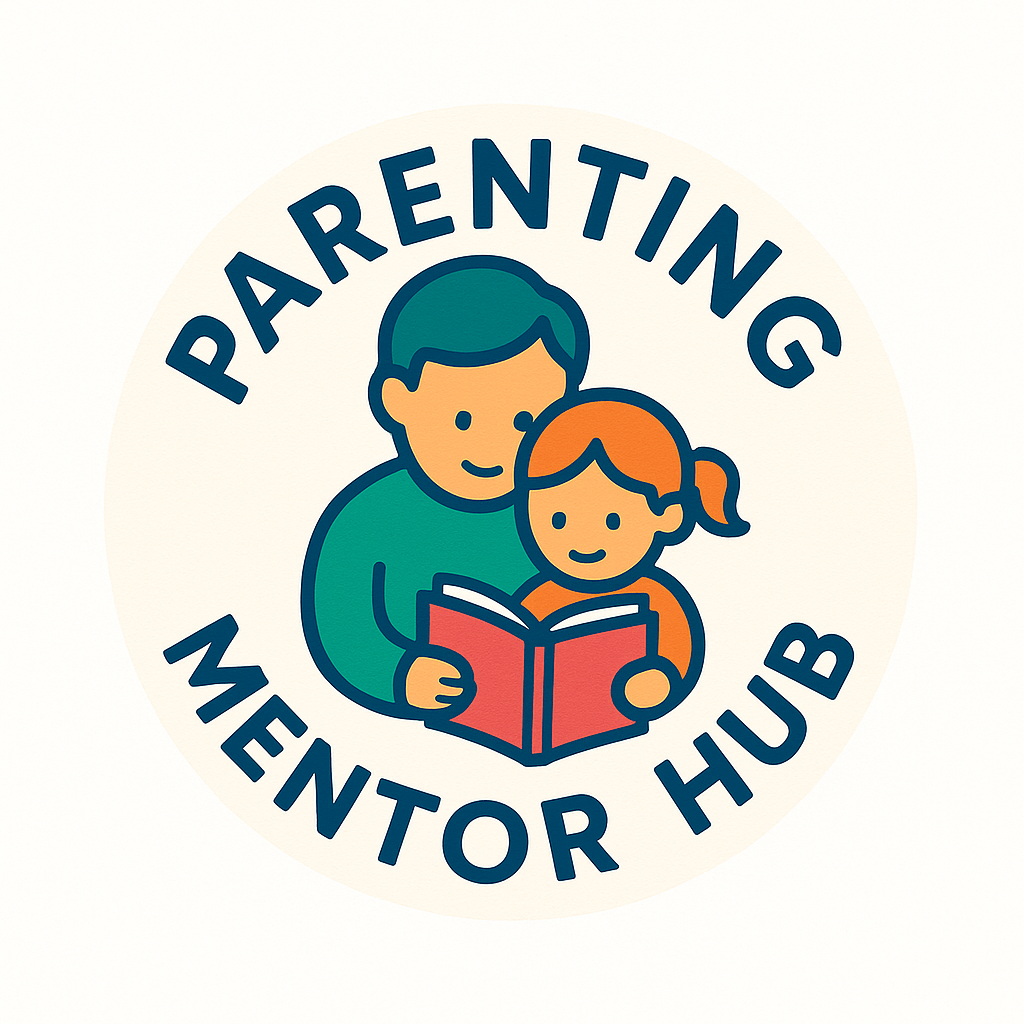
When dealing with your child’s emotions, remember that their brain is still developing – meaning they experience emotions much more intensely than adults do. This is why understanding the reasons behind temper tantrums is crucial. It’s all about tackling the root causes, not just the symptoms.
Frustration is a major trigger for tantrums. Imagine not being able to do something you want because your hands don’t work the way you need them to – that’s the daily reality for many young children. Hunger, tiredness, or overstimulation from too many sights and sounds can also easily set off an emotional storm.
During a tantrum, a child feels overwhelmed and unable to express or manage what’s going on inside. It’s like a sudden storm of emotions – fury, sadness, and confusion – all at once. Remembering this can help you respond with empathy rather than irritation.
Recognising why a tantrum is happening can completely change how you respond. Instead of chaos, you have an opportunity to connect with your child. Acknowledging the source not only helps in the moment but also builds a foundation for teaching emotional resilience as they grow.
The Art of Staying Calm Amidst Chaos
When your child is having a meltdown, it’s natural to feel your own stress levels rise. Staying calm isn’t easy – but it’s essential. Think of yourself as an anchor in a storm. Your calmness offers stability when emotions are flying high.
Easier said than done, of course. But with practice, it becomes second nature.
One important step: forget about anyone watching. Their opinions are irrelevant – your child is what matters.
Do whatever helps you stay calm: some people take deep breaths, others count to ten. Personally, I like to remind myself, “This will pass. It’s just a brief, sharp shower and it won’t last long.”
Thinking this way helps you stay connected to your child and show them love, even in difficult moments.
Your state of mind has more influence on your child’s behaviour than you might realise. Children often mirror adult emotions. If you remain calm and composed, they learn to do the same – and before you know it, it’s all smiles again, like sunshine after a storm.
The environment also plays a part. Especially if overstimulation triggered the tantrum, try lowering the noise, dimming the lights, or simply offering a hug.
At these times, your child desperately needs your love and support. Even small changes can turn an emotional storm into a gentle rain and help both of you stay calm.
Effective Strategies to Handle a Tantrum
Once you’ve found your own calm, it’s about choosing the right strategy for the moment. Every tantrum is different.
Empathy goes a long way. A simple, “I can see you’re upset. I know you really wanted that toy,” acknowledges your child’s feelings, helping them feel seen and understood, which can ease the intensity of their emotions.
Redirection is another valuable tool. When you sense a tantrum brewing, gently guiding your child’s attention to another activity – a favourite toy, a game, a snack – can often head off a full meltdown. (It doesn’t always work, but it’s well worth a try, especially with younger children.)
Setting boundaries remains important, even during a tantrum. Compassion and firmness can go hand in hand.
If a tantrum starts because you denied something (like more sweets), acknowledge their feelings but stay firm without escalating the situation.
After the Storm: Recovery and Learning

Once the tantrum passes, you have a precious opportunity to turn the experience into a teaching moment.
Talking with your child afterwards can be very helpful. Use simple language to explore what happened:
“You were feeling very upset because you couldn’t have another sweet. It’s okay to feel upset, but next time let’s use words to tell me how you feel.”
(This is, of course, easier with older toddlers and preschoolers.)
Positive reinforcement makes a big difference. Praising your child for calming down – “You did really well calming down quickly,” – builds confidence and encourages emotional self-regulation.
Reflecting on which strategies helped during the tantrum also prepares you for the future.
If your child is old enough, you can even brainstorm together: “What could we do next time you feel upset?” – giving them a sense of control over their feelings.
Building Long-Term Emotional Resilience
Helping your child develop emotional resilience is a gift that will serve them for a lifetime. You won’t just be handling tantrums today. You will be nurturing an emotionally healthy future.
You can start by giving them a vocabulary for their feelings. Words like ‘frustrated’, ‘angry’, or ‘sad’ provide the tools children need to express themselves instead of exploding.
Encourage problem-solving too. When your child is calm, create small challenges that build patience and persistence.
Be cautious, though: some games can easily lead to frustration and tears. Personally, I prefer to quietly put away games that seem too upsetting for a child’s current emotional stage.
Some children are naturally very competitive; losing feels like a major catastrophe to them. These children often grow up to be highly ambitious and successful.
I know, some people say that children need to learn disappointment, but I don’t really see the point of playing games that only create frustration and unhappiness. Games should be enjoyable – and maybe educational – not a source of anger and frustration.
Consistency also matters. Routines help children feel secure and in control of their environment, reducing the chances of overwhelm and meltdowns.
Finally, your own example is powerful. Demonstrating calmness teaches your child to manage their own feelings. Over time, they’ll internalise your steady responses, building their own emotional maturity.
